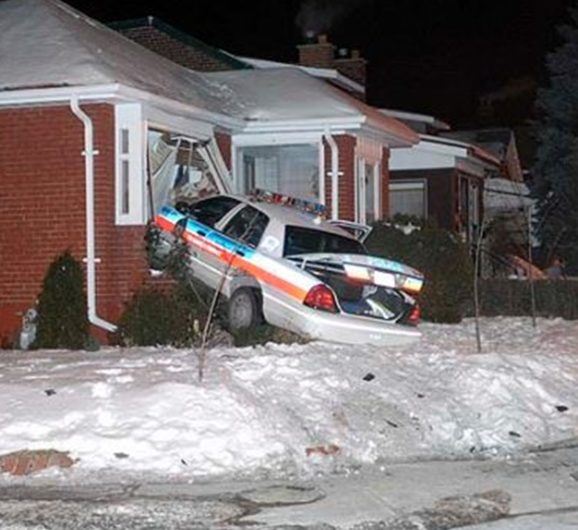
| Home | FAQs | Book Contents | Updates & News | Downloads |

A great geologist once told me that his best work was exactly like investigating a traffic accident: you turn up well after the action has happened to find a police cruiser embedded in the front of a house, you can see the tracks across the snow, the skid marks on the road and the dent in the green van on the other side of the street. Initially there are many different scenarios you can imagine, many ways to end up with this specific result. So you start gathering clues, measuring the angles, counting the number of dead tropical fish and plotting the distribution of yellow paint flakes. As more and more evidence comes to light the circumstances become clearer, or at least some of the more out of the way theories can be eliminated. I'm sure we've all had occasions where we have had to apply this type of investigative approach. If done honestly it requires a fair degree of humility, constantly questioning your own pet theories and deliberately trying to search out that one piece of indirect evidence that proves you are mistaken.
It's interesting to contrast this with other ways of putting things together, for example when you are assembling an airplane each component has its defined function, a precise spot it fits into and set of properties it must possess. The role that the part is to play determines the size, shape and attributes that are required. The tolerances can be documented, the piece can be measured and its fitness for purpose can be demonstrated. We can tell when a misshapen part should be rejected, so the term "defect rate" has a precise meaning. In contrast when we're sifting evidence the situation is more interesting, when a measurement contradicts your model it is certainly possible that it was incorrectly recorded or the reading was inappropriately applied, but it's also conceivable that it is the essential clue that demonstrates your theory is wrong. To take the most extreme example, in the early 20th century the precession of Mercury, the behaviour of blackbody radiation and the Michelson-Morley experiment could each have been considered "bad measurements", after all they each contradicted the prevailing Newtonian consensus. But as it turned out Einstein became famous because he built a new model, a set of theories tailored to fit these inconvenient facts. In this case the apparently impossible measurements were, in hindsight, evidence for the limits of Classical Physics itself.
When attempting to understand the hidden, underground world there is only one absolute certainty, every geological model, including yours, is wrong. Every model has its features in at least slightly the wrong location. Every model simplifies the real shape and behaviour of faults. Every model ignores some level of detailed structure within the formations. In a good model these shortcomings are not important, the appropriate business decisions can still be reached, but everyone knows of at least one bad model that caused a serious mistake to be made. Good geologists keep searching for the clues that prove themselves wrong.
Article 18 |
Articles |
RSS Feed |
Updates |
Intro |
Book Contents |
All Figures |
Refs |
Downloads |
Links |
Purchase |
Contact Us |
Article 20 |